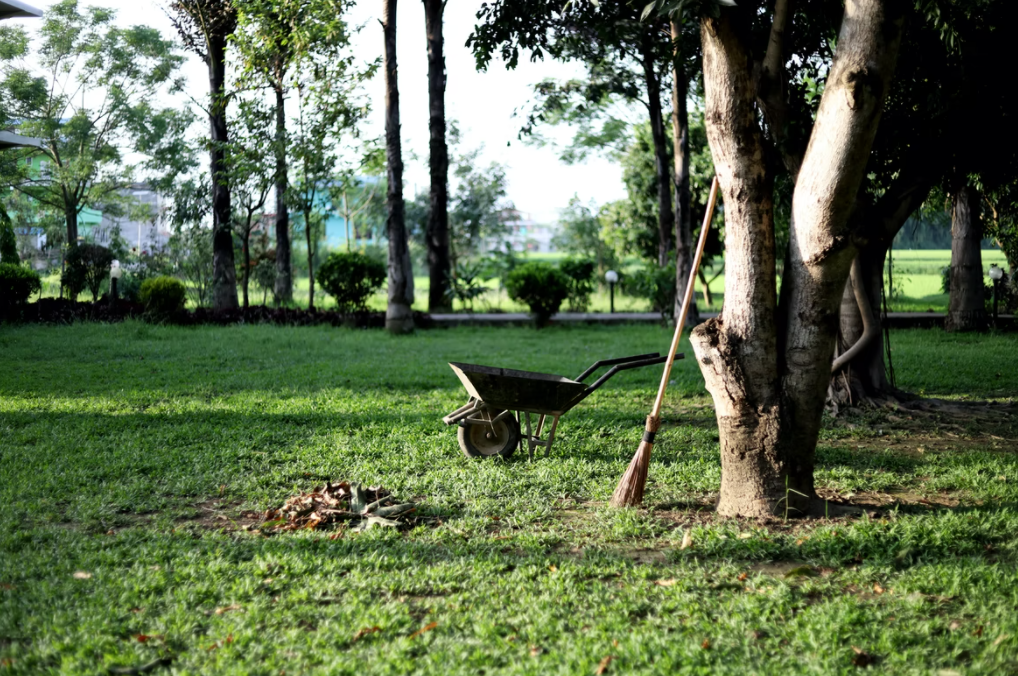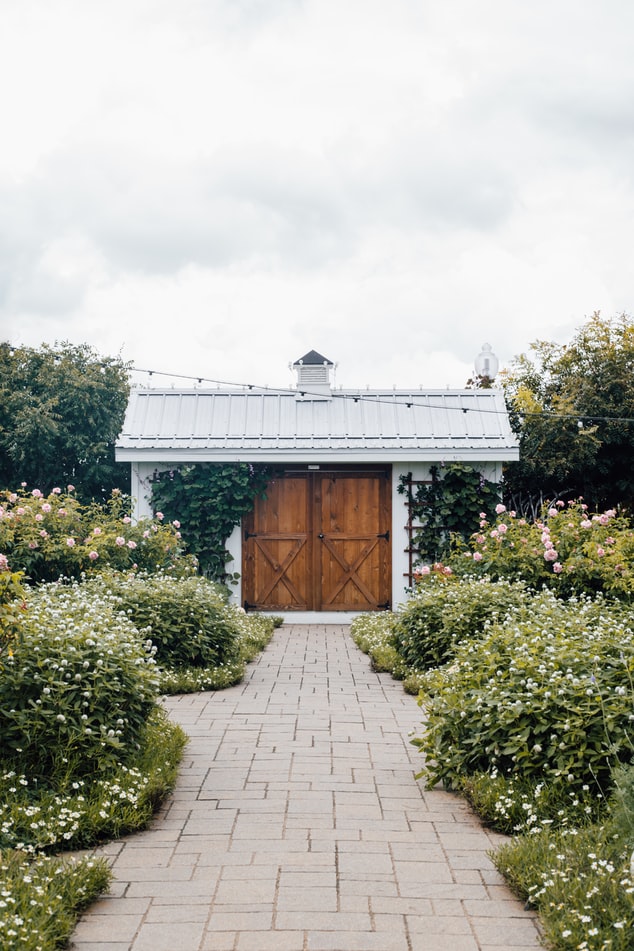Protecting Your Gorgeous Garden from Wildlife
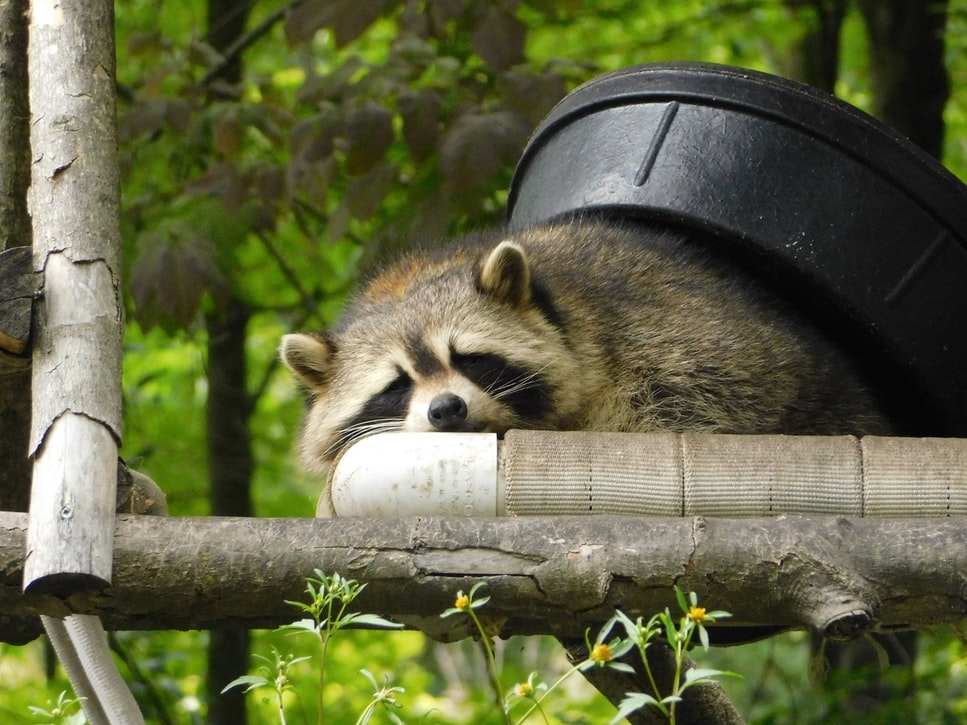
Keep wildlife out of your garden this season with these tips!

Photos By: Unsplash
Now that spring has sprung, it is time to daydream about leafy tendrils climbing up their cages, and beds of luscious, vibrant perennials. There is almost nothing sweeter than planting, tending, and reaping the rewards of your own garden. You spend hours researching, pruning, tending, and gazing. However, as it turns out, you are not the only one that has taken an interest in your garden. Four-footed, furry creatures, from near and far, have likely been eyeing it for some time. So, what can you possibly do? Luckily, there are a number of ways to combat the threat, or nuisance, of wildlife in your garden.
What Poses a Threat?
Depending on where you live, a variety of animals can threaten the health of your garden. In most areas in North America, for example, rabbits, groundhogs, deer, dogs, cats, moles, chipmunks, opossums, raccoons, squirrels, and skunks, represent just few of the furry dangers you will encounter. However, because deer don’t hibernate, they scavenge in the winter months for anything they can find, making it important to keep the garden protected all year round.
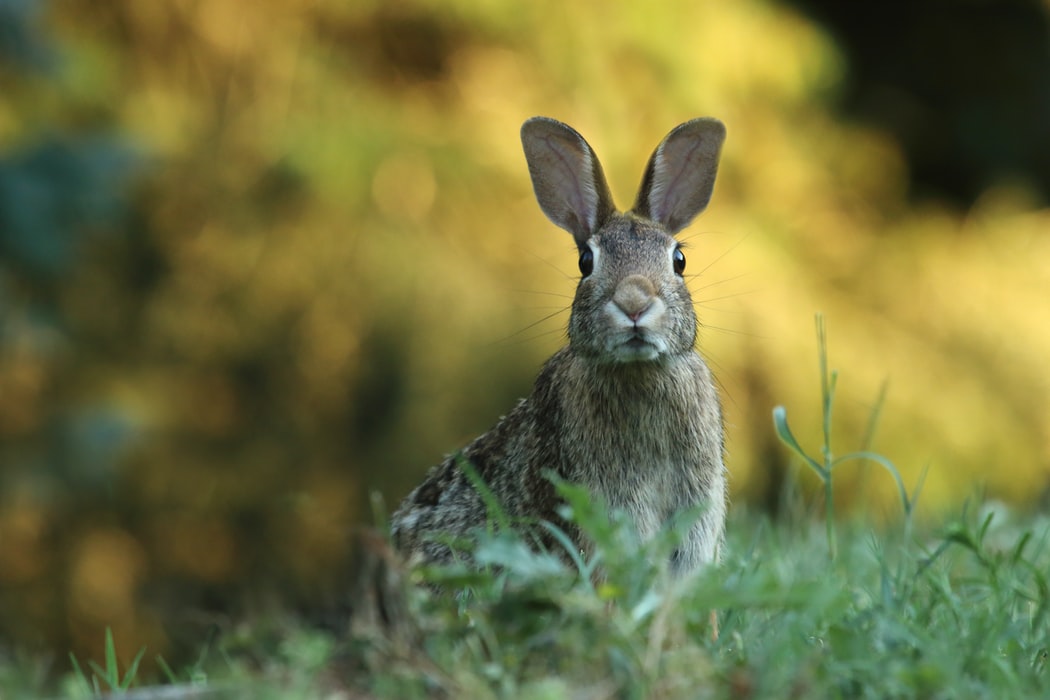
Tools for Protection
Unless you’re willing to share your bountiful harvest with the resident wildlife, you will need to plan ahead, and take action to protect your garden, even before any seeds enter the ground.
- Deer fence – A strong, tall barrier around your garden is an excellent physical boundary between it, and the animals that want to get in. Deer can jump over ordinary neighborhood fencing without any problem, which usually stands at about four to six feet Deer fence stands higher at eight feet to completely disable the deer’s ability to enter. Smaller, staggered fencing, placed into two rows, a few feet apart, or in other patterns, works well as another option. Deer do not like being struck between two obstacles. Fences like those found at deerfencing.com also keeps out smaller animals, too, making it your best option for protecting the fruits of your labor.
- Keep the garden tidy – Eliminating areas where smaller animals like squirrels, mice, and moles can hide, is a great way to discourage them from nesting in your garden. Cleaning out overgrown brush and grass makes your garden less attractive to them.
- Repellants 1 – There are a number of repellants on the market geared toward keeping animals away. Predator urine, castor oil, and garlic clips will all serve this purpose. However, it is important to keep in mind that repellants will need to be reapplied, or they will lose their effectiveness.
- Pets – It is time to get Fluffy and Rover to earn their keep! Both dogs and cats provide a level of natural protection against smaller animals, though they, themselves can sometimes have their own interests in your seedlings.
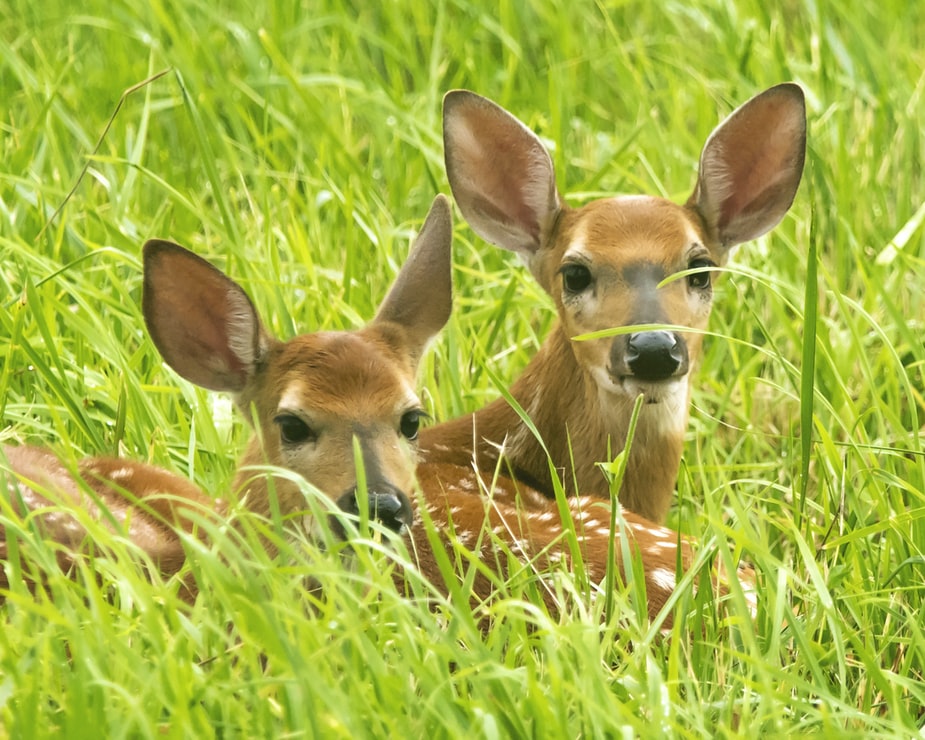
- Sensory devices – There are a number of devices on the market that rely on either auditory, or visual cues, to scare animals away. These include motion activated sprinklers, ultrasonic sound wave devices, reflective tape, and even faux predators. These devices may work well at first, but when it comes to finding food, wildlife find ways to adapt to deterrents, which then will reduce their efficacy rather quickly.
- Wire cloche – These small wire “cages” fit right over the top of plants, to keep animals away. They can also serve as a trellis for various vining plants and ivies.
- Provide an alternative food source – Animals in the wild eat what your garden provides, largely because they cannot find food elsewhere. Try placing a bird or squirrel feeder filled with nuts and seeds to divert small animals’ attention away from your garden. For larger animals, you can scatter food pellets and herbivore plants. Keep in mind that while this is an effective way to keep creatures out of your garden, it can also attract other wildlife into your area.
- Resistant landscape plants – While no plant is completely “deer proof,” some plants naturally repel deer because they are toxic, unattractive, or distasteful to deer. Some of these include annuals like Ageratum, Anise, and Dusty Miller; perennials like Dame’s Rocket, Buttercup, and Horseradish; and ornamental grasses such as Hard Rush, Indian Grass, and Japanese Sweet Flag.
- Resistant landscape trees & shrubs – Taller and stouter, these trees and shrubs can serve as a barrier or perimeter, around the garden area you wish to protect. They include the Katsura Tree, Japanese Black Pine, Heather, and Dwarf Alberta Spruce.
When it comes to keeping critters out of your garden, there are a number of options available. Other important factors to keep in mind include your location, and determining the creatures that are most responsible for visiting, or terrorizing, your garden. You will likely have to try one option, or a combination of two or three, on a trial-and-error basis, to see which one works best for you.


